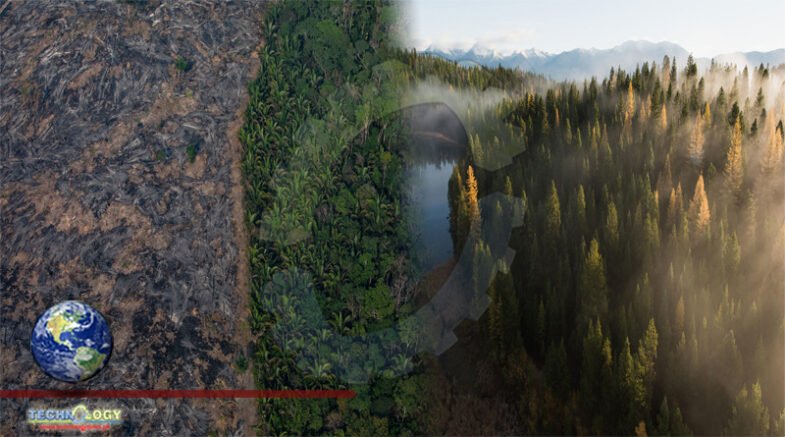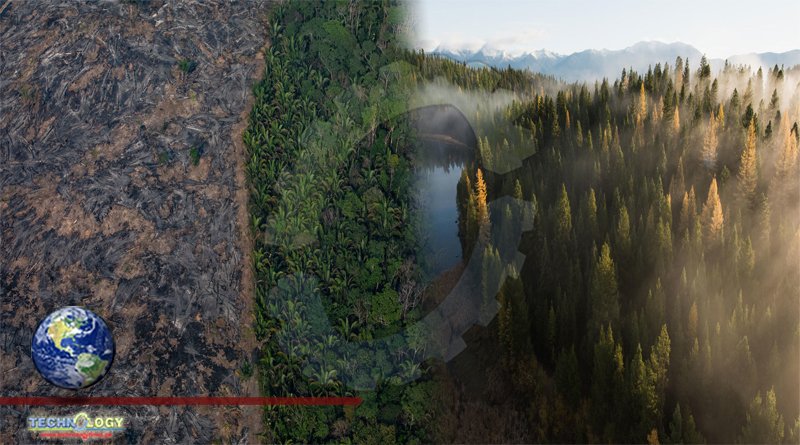Thousands of trees have died during the wildfires that happened around the world, and countries are pledging for planting trees. But a study suggests it would be best for forests to regrow naturally than plant new trees, Wired reported.

by Erika P
Susan Cook-Patton observed seven years ago when she was doing a postdoc in forest restoration at the Smithsonian Environmental Research Center in Maryland that although they had planted 20,000 trees along the Chesapeake Bay, the ones who grew best were those that they did not plant.
“They just grew naturally on the ground we had set aside for planting. Lots popped up all around. It was a good reminder that nature knows what it is doing,” she said.
Cook-Patton believed that what might be true in the Chesapeake Bay might also be true to all forests. Maybe nature just needs time to heal itself to grow back naturally. This idea was based on a new global study that suggests the natural regrowth of forests help absorb atmospheric carbon and fight climate change.
The World Economic Forum 2020 in Davos, Switzerland, called for the world to plant a trillion trees to fight climate change. The US administration, with help from businesses and nonprofit organizations, has already planted close to a billion or around 855 million trees across 2.8 million acres.
Likewise, the European Union has also promised 3 billion more trees as part of the Green Deal and other more pledges from different countries to plant more trees.
Planting trees is the rage these days as it is seen as the nature-based solution in addressing the effects of climate change as the world moves towards achieving a zero-carbon economy. But some believe that letting the forests regrow naturally would be best for them.
Cook-Patton’s study, published in Nature, is the most attempt yet to map the areas where forests could natural regrow and assess the carbon accumulation. According to her, natural regeneration can capture carbon faster and more securely than planting trees. A phenomenon called global greening will happen depending on how quickly the carbon accumulation is on forests.
She added that from the mapping and carbon accumulation data, the natural forest regrowth could capture in biomass and soils about 73 billion tons of carbon from 2020 to 2050. That is equivalent to seven years of industrial emissions which makes it the only natural solution to climate change.
The best part of regrowing forests naturally is that it does not need any human intervention; human inaction is enough for a natural restoration. Nature is often restoring itself from the edges of fields, abandoned pastures, scrubby bush and wherever the land is abandoned.
According to a study, it would take a long time for cleared rainforests to regenerate, but in the Brazilian Atlantic rainforest’s case, certain aspects could make it quicker. Perhaps around 65 years, the forest would regain its beauty, New Scientist reported.
However, a fully restored landscape back to its native would approximately take 4,000 years. The Brazilian Atlantic forest has been continually exploited for food, space, and wood over the years, so it’s natural restoration might really take thousands of years if nothing is done against these activities.
Originally published at ScienceTimes
